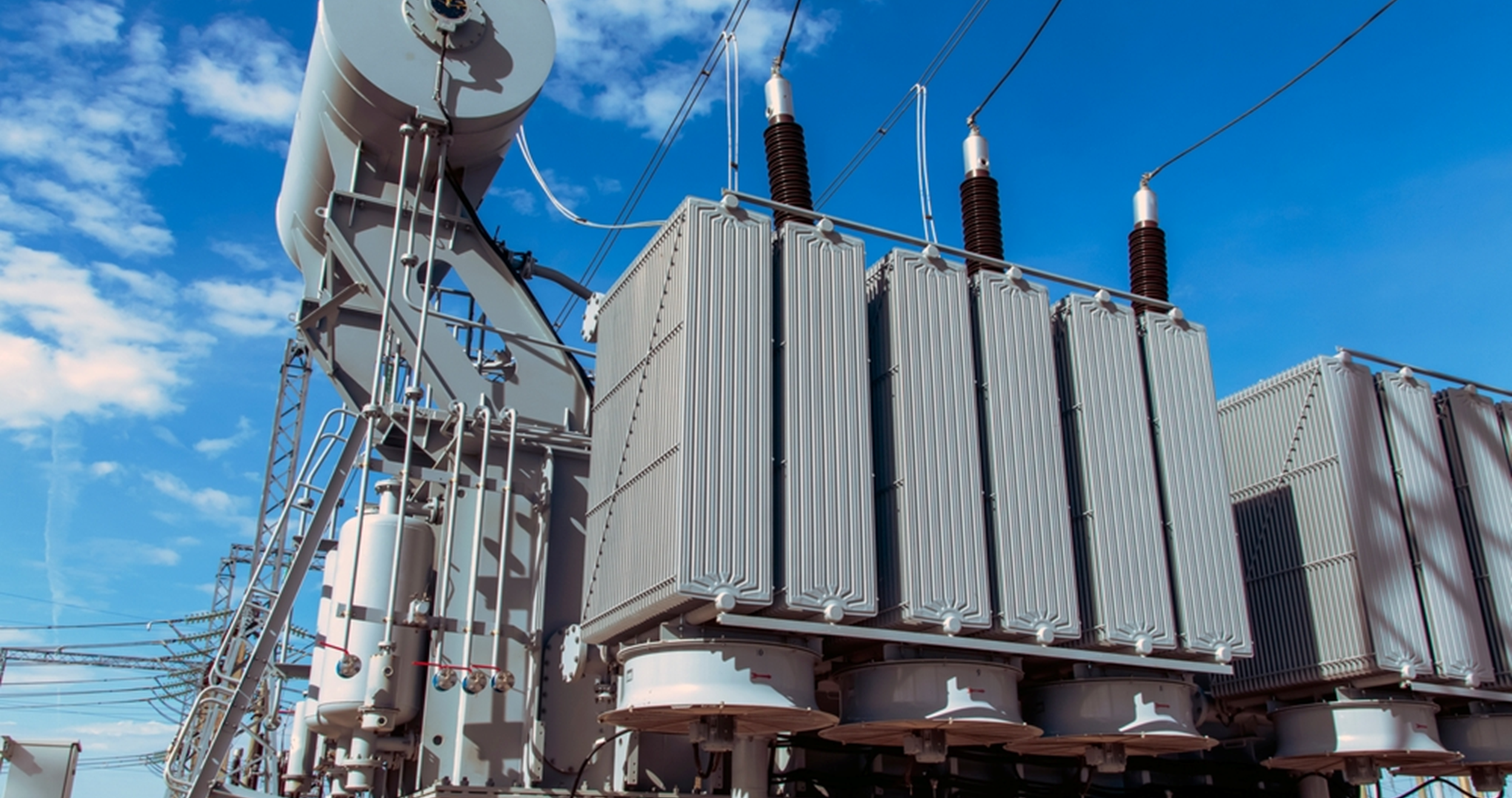Our recommendations
Last Update
25 August 2023
Pathway design for India to be a global hydrogen hub
From setting green hydrogen plants to be a global hub & exporter to resource rich countries – roadmap for India
The full benefits of hydrogen and fuel cell technologies play out when deployed at scale and across multiple applications.Scale, both in the manufacturing of equipment as well as in hydrogen production, reduces costs and makes hydrogen more competitive with other energy sources. When hydrogen is deployed across multiple applications, systemic benefits start to kick in: infrastructure costs are shared across applications, technological developments in one application can be applied to others, and cross-sector benefits can play a meaningful role. Achieving scale requires a transition from current systems and infrastructure towards hydrogen. As with any transition, a combination of policies and individual stakeholders’ actions will be needed to overcome the barriers and costs associated with the shift.
The road map has four phases: immediate next steps (2020 to 2022), early scale-up (2023 to 2025), diversification (2026 to 2030), and broad rollout (post 2030).
For each phase, the road map describes:
(A) The key enablers: policy enablers that support supply building towards scale and fostering customer demand for hydrogen and fuel cell products, and supply-side and end-use equipment enablers.
(B) The outcomes of deployment, both qualitatively (which segments) as well as quantitatively in terms of hydrogen demand, number of FCEVs sold, and infrastructure investments required.
The road map has four phases: immediate next steps (2020 to 2022), early scale-up (2023 to 2025), diversification (2026 to 2030), and broad rollout (post 2030).
For each phase, the road map describes:
(A) The key enablers: policy enablers that support supply building towards scale and fostering customer demand for hydrogen and fuel cell products, and supply-side and end-use equipment enablers.
(B) The outcomes of deployment, both qualitatively (which segments) as well as quantitatively in terms of hydrogen demand, number of FCEVs sold, and infrastructure investments required.
Early scale up from 2023 to 2025 and diversification till 2030
In the second phase, larger-scale hydrogen production and increasing demand bring hydrogen costs down. In this phase, scaling up both hydrogen production and the fuelling station network shall be critical. Central government’s support to remove regulatory barriers is also necessary to ensure a successful and sustainable transition to a hydrogen economy.
Local governments in early adopter states should actively support the minimum required fuelling infrastructure expansion, meaning sufficient coverage for convenience in core markets, along with sufficient connector and destination refuelling stations to be able to drive to and from all destinations.
It can be done through, for example, market-based policies, technology neutral subsidies, joint ventures funded by major industrial players, or multiyear request-for-proposal funding. Local governments should also support the development of an initial hydrogen distribution pipeline network.
Do you want to seek Eninrac assistance in helping you resolve some critical business issues? Engage with us and reach out to our experts by using the Request for Proposal (RFP) form.
BEST VISION IS INSIGHT
Combine market knowledge and your skill to contribute value for end consumers

Transformer Sales Surge: ₹75,000 Crore Opportunity Ahead

Solar Parks Development Status in India

EU Solar Market 2024: Utility- Scale Resilience Amidst A Slumping Rooftop
Get started with
EI Market personalised demo
Complete the form to get in touch with our sales team to see our Visionboard platform in action. We'll show you how you can use eninrac to build a culture of action of consistently hunting down and eliminating poor market research expriences across your companies line of business


